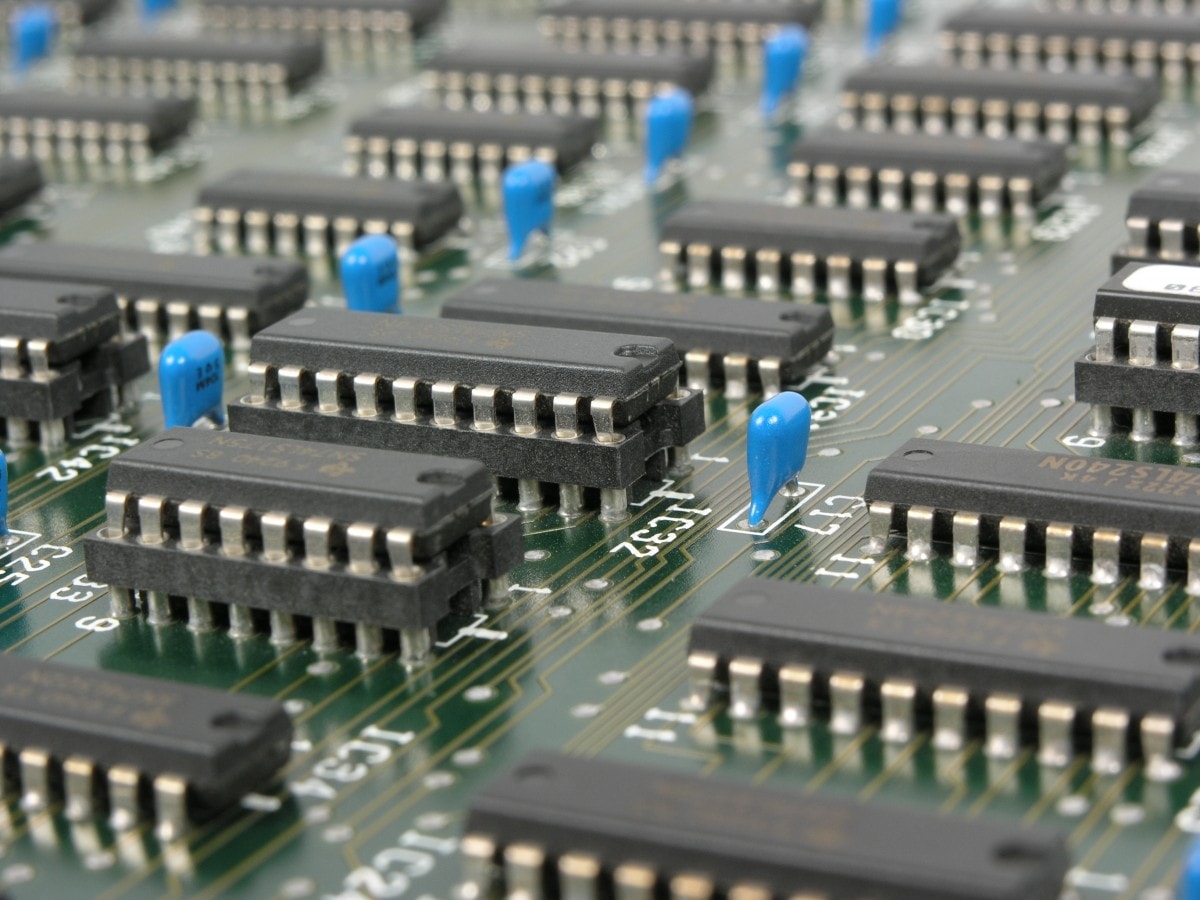I read today Tesla has 10,000 cars warehoused in Freemont because they don't have all the semiconductors required to complete them. While that sounds like a lot, it's not enough for Tesla to shut down their lines. But it does indicate a problem that can hurt the bottom line. The really bad part is there is little sign of the shortage ending. Many reports from the major players in semiconductors is that it can last a year or two even.
Semiconductors fabs take even longer to bring up than auto factories. I think they are around two years now, so no one is going to build their way out of this in the short term.
I'm in electronics and I've seen this before. The problem is everyone reacts like there's a run on toilet paper so it disappears from the shelves. If the manufacturers ramp up they will end up with excess production when it is over, so they will remain very conservative. The only thing worse for a semiconductor company than not being able to sell enough product because you don't have the fabs is to not be able to keep your fabs running because you can't sell enough chips. Cycles happen.
Semiconductors fabs take even longer to bring up than auto factories. I think they are around two years now, so no one is going to build their way out of this in the short term.
I'm in electronics and I've seen this before. The problem is everyone reacts like there's a run on toilet paper so it disappears from the shelves. If the manufacturers ramp up they will end up with excess production when it is over, so they will remain very conservative. The only thing worse for a semiconductor company than not being able to sell enough product because you don't have the fabs is to not be able to keep your fabs running because you can't sell enough chips. Cycles happen.



/cloudfront-us-east-2.images.arcpublishing.com/reuters/OQORTG3UUZMRTE4GBGZPP45KNQ.jpg)
/cloudfront-us-east-2.images.arcpublishing.com/reuters/OQPNQORHBBNKDPESI66YSHIJQI.jpg)


/cloudfront-us-east-2.images.arcpublishing.com/reuters/POU6J4VDN5PQNKFJ5BERQ3ECHY.jpg)





